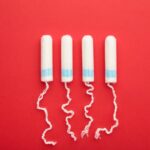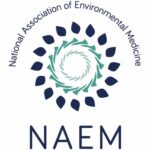Toxic tampons: How ordinary feminine care products could be hurting women
By LAURA KIESEL, Salon.com
Nowadays, we hear a lot about the noxious cocktail of chemicals that can be found in our food, furniture, cleaning products and even our cosmetics. Yet we never really hear about what might be included in some of the most intimate personal care products women use.
“Chem Fatale” — a report recently released by Women’s Voices for the Earth (WVE) — attempts to shed some light on this subject by taking aim at the $3-billion-a-year feminine care industry. In particular, the group examines products such as maxi pads, tampons and douches that contain potentially harmful ingredients including pesticides, dyes and dioxin, which has been identified by the World Health Organization as a Persistent Organic Pollutant, a toxic chemical that persists in environments for long periods of time. The report also includes a “Hall of Shame” appendix that features examples of feminine care brands that contain toxic chemicals.
“I think the question of how toxic [feminine care products] might be is one of those things that is not talked about because there is a such a mystique around the vagina,” says Ogonnaya Dotson-Newman, Director of Environmental Health at WE ACT for Environmental Justice, and a WVE board member. “It’s highly taboo and something that’s not supposed to be discussed in polite company.”
Even those curious enough to put in the extra effort to find out what’s in these products would be hard-pressed to find any concrete answers. Since tampons and sanitary pads are regulated as “medical devices” the industry is not required to disclose any of their ingredients.
The WVE report highlights tampons as particularly problematic, as they are used by 85 percent of women and often contain chemicals linked to cancer, including dioxin.





This article is very misleading. From the original research paper:
“… analysis indicates that exposures to dioxins from tampons are approximately 13,000-240,000 times less than dietary exposures.”
I calculated 1 tampon = 20,000 times less than the EPA daily limit.
Food and air pollution are significant sources of dioxins.
Tampons are not.